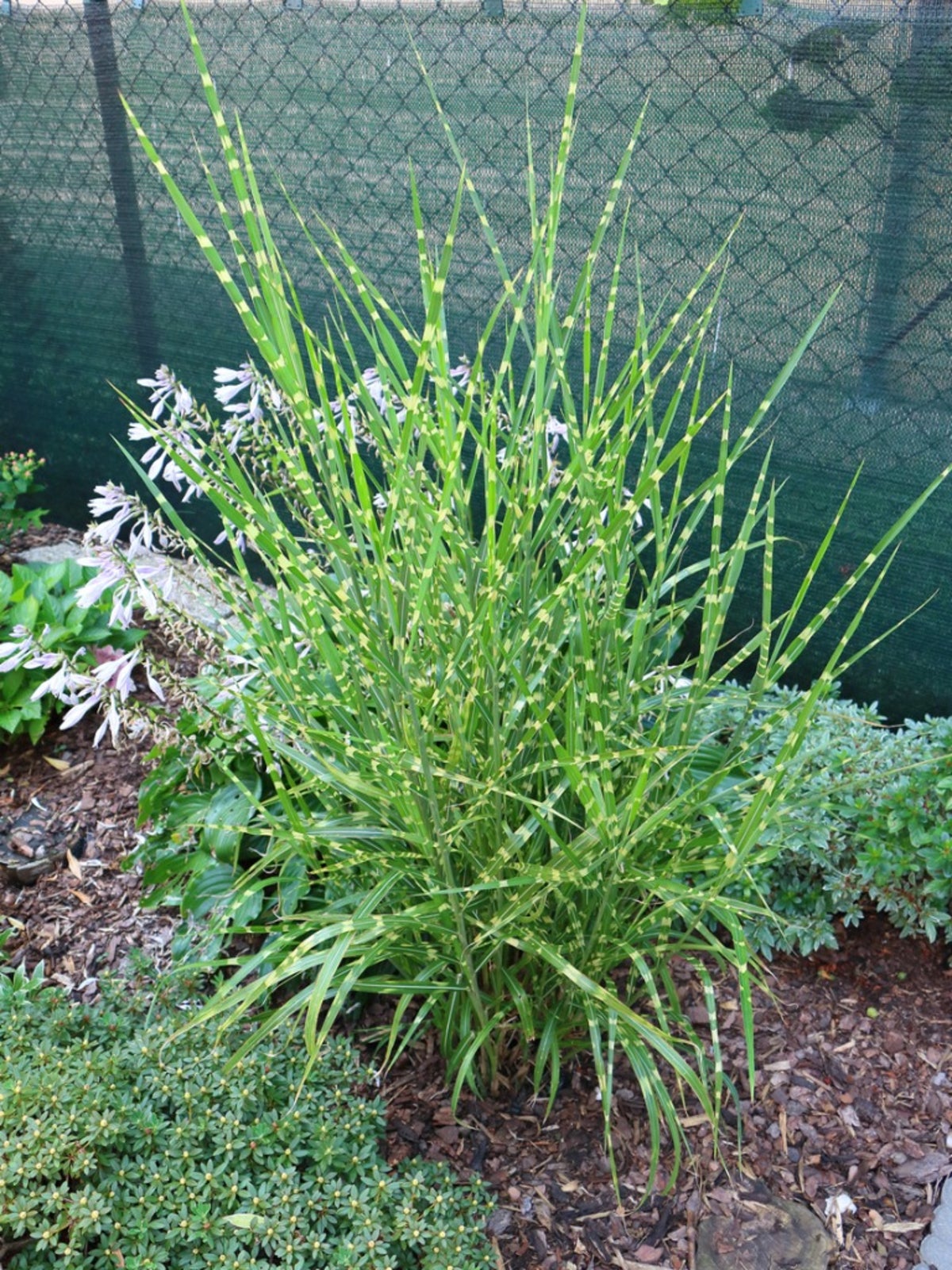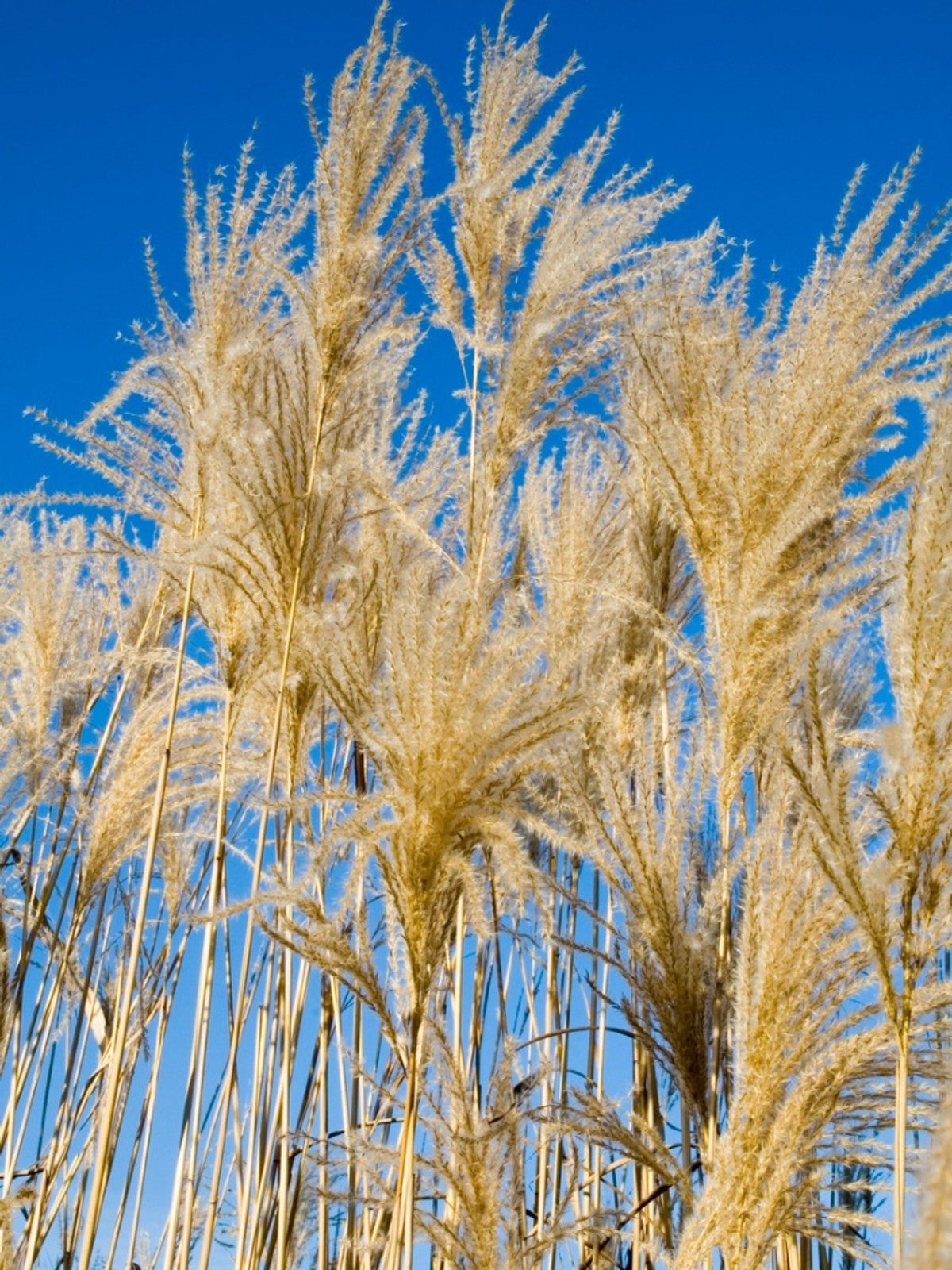Ornamental Porcupine Grass Care: Growing Porcupine Grass


Ornamental grasses have become very popular with landscapers because of their ease of care, movement, and the graceful drama they bring to a garden. Porcupine maiden grass provides a prime example of these traits, as well as many more. What is porcupine grass? Read on to learn more.
What is Porcupine Grass?
Ornamental grasses come in a wide array of growth habits, tones, and sizes. They are classed by their temperature needs as warm season or cold/hardy grasses. Ornamental porcupine grass is a warm season species which is not hardy in freezing temperatures. It resembles zebra grass but holds its blades more stiffly and doesn't tend to fall over as much. Porcupine maiden grass (Miscanthus sinensis 'Strictus') is a member of the Miscanthus family of graceful arching grasses. It is an ornamental upright grass with golden banding on the blades as if it was always in a dappled pool of light. This unique foliage bears horizontal golden bands, which some say resemble porcupine quills. In late summer, the plant forms a bronze inflorescence that rises above the blades and waves a plumed head in the wind.
Growing Porcupine Grass
This maiden grass makes an excellent specimen plant and is spectacular in mass plantings. It can get 6 to 9 feet (2-3 m.) tall. Try growing porcupine grass as an accent or even a border, for a low maintenance and top performing plant. The plant is hardy in USDA plant hardiness zones 5 to 9 and thrives in full sun where the soil is moderately moist. This grass does best in full sun but can also perform well in partial shade. It is remarkably unfussy about soil and will flourish even in soils which get repeated flooding. The one thing it cannot tolerate is excess salt, so it is not recommended for coastal planting. In massed groups, plant the grass 36 to 60 inches (91-152 cm.) away from each other. It does tend to send out a lot of seed and can become an aggressive, invasive plant. This is likely due to the fact that growers leave the inflorescence on until spring because it adds interest to the winter garden. You can also cut it off and cut back the grass once the blades begin to brown for the season. This will provide you with a “fresh canvas” in which to enjoy the bright spring growth on ornamental porcupine grass.
Porcupine Grass Care
This is a fuss free plant, with no major pests or diseases. They do sometimes get rust fungus on the leaves, however, which can mar the beauty but will not harm the vitality of the plant. Best growth is achieved with plenty of water. The plant is not drought tolerant and should not be allowed to dry out. Once the plant is several years old, it is a good idea to dig it up and divide it. This will provide you with another plant and keep the center from dying out. Divide and re-plant in the spring just before new growth begins to show. Some gardeners cut back the foliage in late winter to early spring as part of porcupine grass care. This is not strictly necessary but is aesthetically more pleasing than new green growth poking through old brown growth. Porcupine grass is an excellent addition to the landscape and bestows elegance and year-round beauty.
Gardening tips, videos, info and more delivered right to your inbox!
Sign up for the Gardening Know How newsletter today and receive a free copy of our e-book "How to Grow Delicious Tomatoes".

Bonnie Grant is a professional landscaper with a Certification in Urban Gardening. She has been gardening and writing for 15 years. A former professional chef, she has a passion for edible landscaping.
-
 Looking For Plants To Give You The Soft And Fuzzies? Try These 5 Fuzzy Leaf Plant Options
Looking For Plants To Give You The Soft And Fuzzies? Try These 5 Fuzzy Leaf Plant OptionsLovers of texture, drama, silver foliage and tactile plants will adore these special sensory garden additions. These fuzzy leaf plant options will leave you all aglow
By Susan Albert
-
 Get Ready For A Summer Of Hummers! Grow These Full Sun Hummingbird Plants and Flowers
Get Ready For A Summer Of Hummers! Grow These Full Sun Hummingbird Plants and FlowersIf you’re lucky enough to enjoy a sunny backyard, make sure you are maxing out on your pollinator opportunities and grow these full sun hummingbird plants and flowers
By Tonya Barnett
-
 Silver Feather Maiden Grass Info - How To Grow Silberfeder Grass
Silver Feather Maiden Grass Info - How To Grow Silberfeder GrassAlso known as silberfeder grass, silver feather maiden grass adds beauty and interest to the landscape all year. Read on for more.
By Mary H. Dyer
-
 What Is Adagio Grass: Tips For Growing Adagio Maiden Grass
What Is Adagio Grass: Tips For Growing Adagio Maiden GrassAdagio is an outstanding maiden grass with low maintenance and exceptional tolerance for a variety of conditions. Growing Adagio maiden grass provides winter interest as well as drought resistance and erosion control. Click this article to learn more.
By Bonnie L. Grant
-
 Gracillimus Maiden Grass Info – What Is Gracillimus Maiden Grass
Gracillimus Maiden Grass Info – What Is Gracillimus Maiden GrassGracillimus maiden grass is a tall ornamental grass with narrow, arching leaves that bow gracefully in the breeze. It dazzles as a focal point, in large groupings, as a hedge, or in the back of a flower bed. Interested in growing this grass? Click here for tips and information.
By Mary H. Dyer
-
 Morning Light Maiden Grass Care: Growing Maiden Grass ‘Morning Light’
Morning Light Maiden Grass Care: Growing Maiden Grass ‘Morning Light’With so many varieties of ornamental grasses on the market, it can be difficult to determine which one is best for your site and needs. In this article, we will discuss Morning Light ornamental grass. Click here to learn how to grow this maiden grass.
By Darcy Larum
-
 Dividing Maidenhair Grass: When And How To Divide Maiden Grass
Dividing Maidenhair Grass: When And How To Divide Maiden GrassDividing maidenhair grass keeps it to a maintainable size, increases the number of these plants, and prevents center die-back. Learn when to divide maiden grass and some tips on how to split apart the larger specimens in this article.
By Bonnie L. Grant
-
 Zebra Grass Planting: How To Care For Zebra Grass
Zebra Grass Planting: How To Care For Zebra GrassZebra grass plants provide four seasons of interest with young spring variegated striped foliage, summer copper colored inflorescence, fall golden leaves and winter texture and form. Click here for more.
By Bonnie L. Grant
-
 Ornamental Maiden Grasses: How To Grow Maiden Grass
Ornamental Maiden Grasses: How To Grow Maiden GrassMaiden grass is a family of ornamental plants with a clumping habit and graceful arching stems. Their care is easy and they're hardy in USDA zones 5 to 9. Get tips for growing maiden grass in this article.
By Bonnie L. Grant